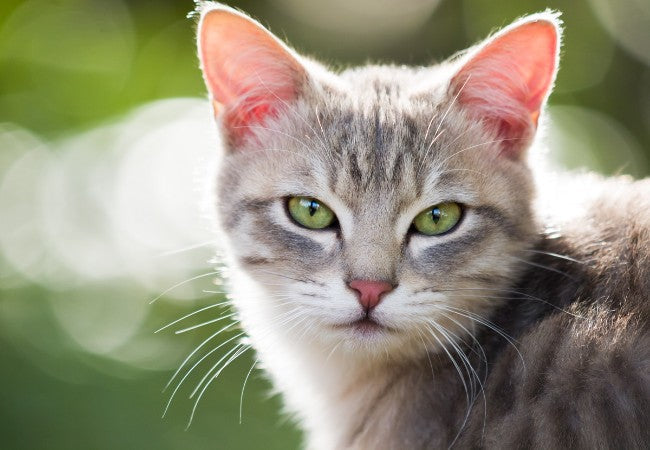Issues with Flat Nosed Cats 2025: Vet Insights on Feline BOAS, Eye, Skin & Ethical Concerns🐾

In this article
Issues with Flat Nosed Cats 2025: Vet Insights on Feline BOAS, Eye, Skin & Ethical Concerns🐾
By Dr. Duncan Houston BVSc
📘 What Are Flat‑Nosed (Brachycephalic) Cats?
Flat-nosed or brachycephalic cats are breeds with shortened skulls and smooshed faces—most notably Persians, Himalayans, Exotics, British Shorthairs, Scottish Folds, and Chinchillas. Their compact facial structure often leads to serious functional health issues.
🫁 1. Brachycephalic Obstructive Airway Syndrome (BOAS)
Flat-faced cats commonly suffer from BOAS—a condition involving blocked airways due to narrow nostrils, elongated soft palate, tight windpipe, and collapsed laryngeal tissues.
Signs include:
- Open-mouth or noisy breathing
- Exercise or heat intolerance, collapse
- Coughing, gagging or vomiting after play
Severity varies—but even moderate conformation can significantly impact comfort and lifespan.
🔥 2. Heat & Exercise Intolerance
Because they can't breathe efficiently, flat-nosed cats struggle to regulate body heat. They’re at higher risk during warm days or physical exertion. Avoiding direct sun, providing cool environments, and limiting playtime is critical.
👁️ 3. Eye & Skin Problems
- Shallow eye sockets → corneal ulcers, dry eye, cherry eye
- Excess facial folds → dermatitis, tear staining
Common in Persians & Himalayans due to skin folds and tear overflow.
🦷 4. Dental & Eating Difficulties
Crowded teeth and altered jaw structure cause bite misalignment, plaque buildup, gingivitis, and difficulty chewing—particularly common in Persian-type cats.
🦴 5. Skeletal & Growth Issues
Some breeds—like Minuets and Persians—may suffer from spine deformities, lung compression, or chest malformations such as pectus excavatum and flat-chested kitten syndrome.
⚠️ 6. Anesthesia & Travel Risks
Airway complications make sedation and anesthesia more dangerous. These cats require expert vet care when undergoing any procedure.
🧬 7. Genetic Health Conditions
- Persians & Himalayans often carry PKD, a kidney disease causing renal failure.
- Himalayans also prone to asthma, hip dysplasia, skin issues.
📊 Impact & Prevalence
A 2016 study found severe conformation abnormalities were common in Persian-type cats. BOAS signs—like mouth breathing or collapse—are regularly observed.
Longevity and quality of life are often compromised, with many requiring medical interventions early in life.
🛠️ Veterinary Management Tips
- ✔️ Early airway surgery (rhinoplasty, palatoplasty)
- ✔️ Regular eye & skin cleaning
- ✔️ Routine dental care—brushing & professional cleaning
- ✔️ Weight control and exercise monitoring
- ✔️ PKD genetic screening & wellness checks
- ✔️ Avoid heat & stress; cool environments
🧸 Ask A Vet,
- 🩺 Ask A Vet: Instant advice on breathing issues, eye care, anesthesia safety, and genetic screening.
✅ Final Thoughts & Ethical Advice
Flat-faced cats may charm with their looks, but they often experience lifelong health struggles—from airways to eyes, skin, teeth, and kidneys. If you're considering one, be prepared for vigilant veterinary care, medical interventions, and climate control.
As breeders and owners, we must prioritize feline welfare over appearance. Health testing—such as BOAS screening, PKD checks, and anatomical moderation—is essential to reduce future suffering.
If you're looking for a loving feline companion without these risks, consider healthier breeds like domestic shorthairs, Maine Coons, or Siamese. Your vet can help guide you toward a cat with both beauty and wellbeing. ❤️
— Dr Duncan Houston, BVSc
Want tailored advice on breed health or care? Visit AskAVet.com and download the Ask A Vet app for 24/7 expert support.






